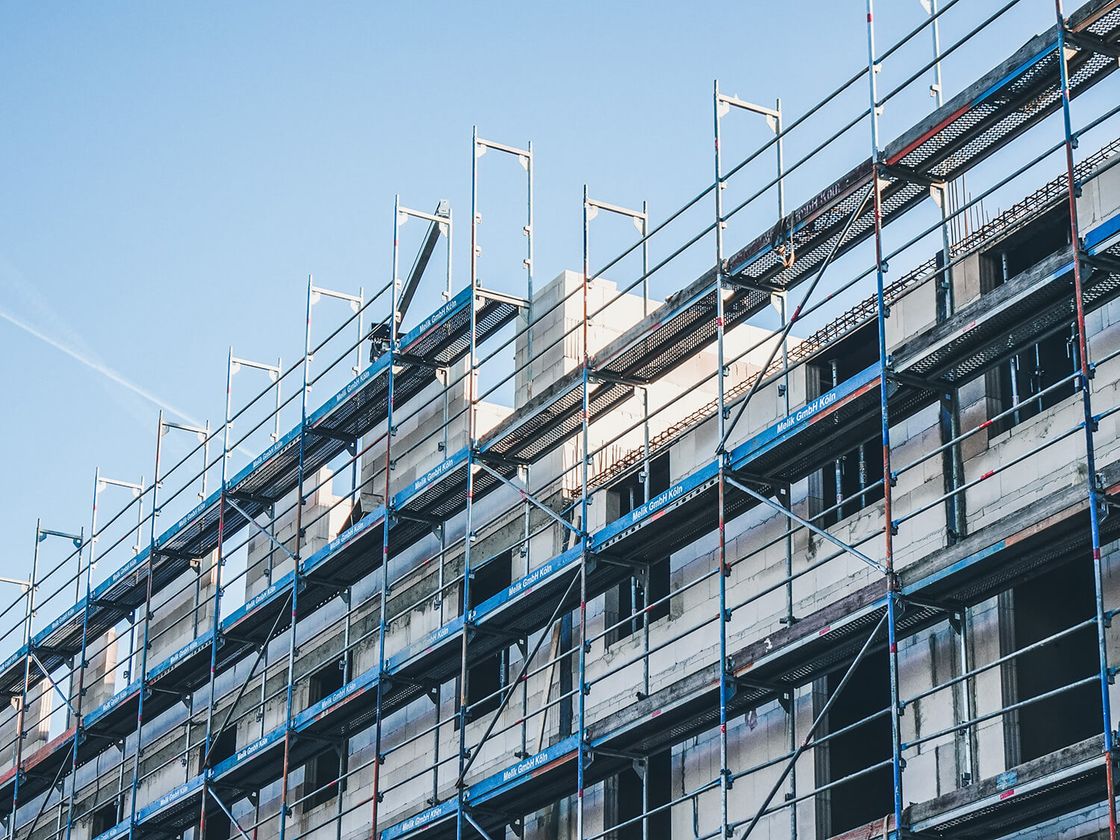Index
The assignment of credit for renovation is an excellent help to reduce the costs of renovating a property. If you are planning to renovate your home, you are likely already aware of the various incentives to contain expenses. With the assignment of credit you have an additional tool available to halve or even eliminate the costs. Not bad, right?
If you want to learn more, in this guide that we at Casavo have prepared for you, you will find all the information you need on the transfer of tax credit for renovation.
How the transfer of credit for renovation works
Before moving on to the details, let's understand together how the transfer of credit works in practice.
As you know, the various incentives provided for the home are based on the mechanism of tax deductions. In practice, once the construction site opens, you regularly pay for all the work and then receive your refund in the form of a tax discount, particularly on personal income tax.
Every year, an installment will then be deducted from the total amount of taxes due over a period of 5 or 10 years depending on the activated bonus. The Relaunch Decree provides for two alternatives:
- the indirect transfer of the credit through a discount on the invoice;
- the direct transfer of the tax credit.
Let's see in detail what they consist of and what advantages they bring with them.
1. Credit transfer with invoice discount
In the case of indirect credit transfer for building renovation, you can benefit from a discount from your service provider, equal to the amount of the public incentive. If you have activated the Superbonus 110%, therefore, you won't have to shell out a single euro because it will be The construction company will take action to collect the refund on your behalf, usually by transferring the credit to another specialized entity such as a bank or financial institution.
2. Direct transfer of the tax credit
With direct transfer, however, you transfer your bonus not to the company carrying out the work but to a credit institution such as a bank or finance company. The institution will immediately pay you the amount corresponding to the incentive to be used for the work, withholding a small percentage for the activity of intermediation.
There is also another possibility that occurs very rarely. The company carrying out the work could decide to take on the credit and recover it in the form of a tax deduction on your behalf. However, few companies choose this option because it involves an immediate cash outlay for them, which they would only recover over a medium-long term.
An example of a tax credit transfer for building renovation with the 110% Superbonus
Let's take a quick example to better understand the possibilities that are open to you once you obtain a public incentive. With the Superbonus 110% it is possible to activate the transfer of the renovation credit of a condominium or a single-family home, as provided by the Revenue Agency. If you meet all the requirements to receive the benefit, you can therefore choose to:
- pay the company in charge of the work immediately and receive back the amount paid over 5 years in the form of a tax deduction, plus a final profit of 10% on the total paid;
- transfer the bonus to a bank or credit institution to immediately obtain 100% of the amount to be paid for the work and transfer the 10% surplus to the intermediary to cover the various management costs;
- obtain a 100% discount on the invoice and pass the credit to the Revenue Agency to the company, which will then evaluate whether to transfer it in turn or redeem it in tax deductions.
If you therefore decide to pay immediately out of pocket, you will receive the money back in 5 years with an additional bonus of 10% on the total amount. If you prefer to transfer your credit to third parties, you will not pay anything but you will forgo that 10% extra incentive which will go towards management costs.
When is it possible to activate the transfer of renovation credit
The 110% Superbonus represents the most interesting case for benefiting from the transfer of credit because it allows you to carry out expensive interventions free of charge such as installing thermal insulation or replacing heating systems.
There are, however, numerous other situations in which you can decide to transfer the incentives to the construction company or a financial intermediary, such as:
- work to implement the anti-seismic measures provided for by the Sisma Bonus, with a benefit ranging from 50 to 85% depending on the case;
- the renovation of facades, with a reduction in expenditure of up to 90% for work carried out in 2021 and 60% for work done in 2022;
- the installation of photovoltaic panels and electric vehicle charging stations;
- the energy requalification of existing buildings that fall under the Ecobonus.
In all these cases, with the transfer of the renovation credit you obtain a partial discount on the costs to be incurred in the form of a discount on the invoice or financing from the financial intermediary.
For facade renovation work to be done in 2022 with a cost of 60,000 euros, for example, you can transfer the contribution provided by the Facade Bonus and immediately obtain a 60% reduction in expenses of the total. You will therefore have 24,000 euros left to pay: a truly significant saving.
Tax incentives are very useful for creating the home of your dreams, and with the transfer of the tax credit, the renovation becomes even simpler and accessible to everyone. If you're looking for a home to bring your projects to life, we're waiting for you on the Casavo's classifieds platform: your future is about to begin.







